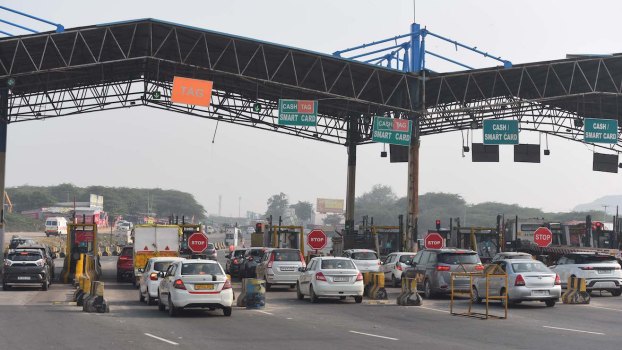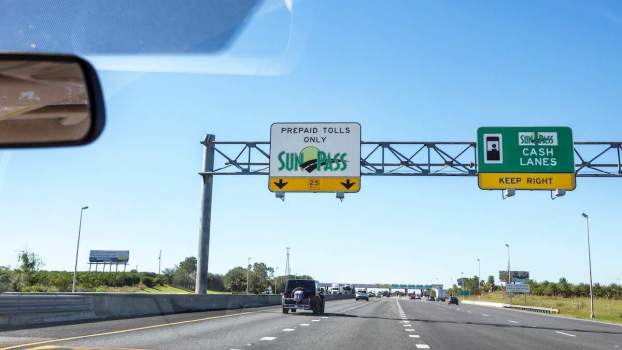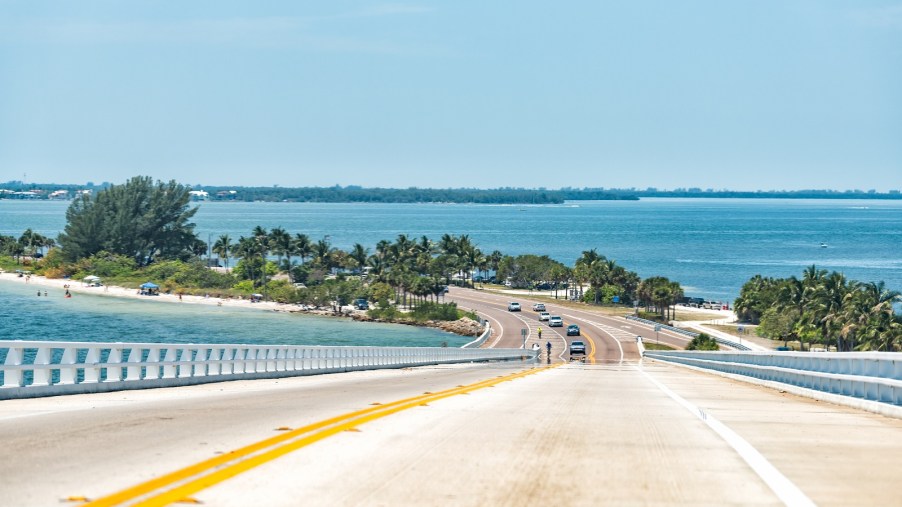
Florida’s Most Expensive Toll Road Isn’t Cheap but Worth the Expense
Florida’s Turnpike, often referred to as the Sunshine State’s most extensive and expensive toll road network, plays an important role in connecting various regions of Florida. As a transportation link for both residents and tourists, it offers convenience and accessibility but also raises questions about its costs, payment options, service quality, and the destination of the toll revenue.
How much are tolls on Florida’s Turnpike?
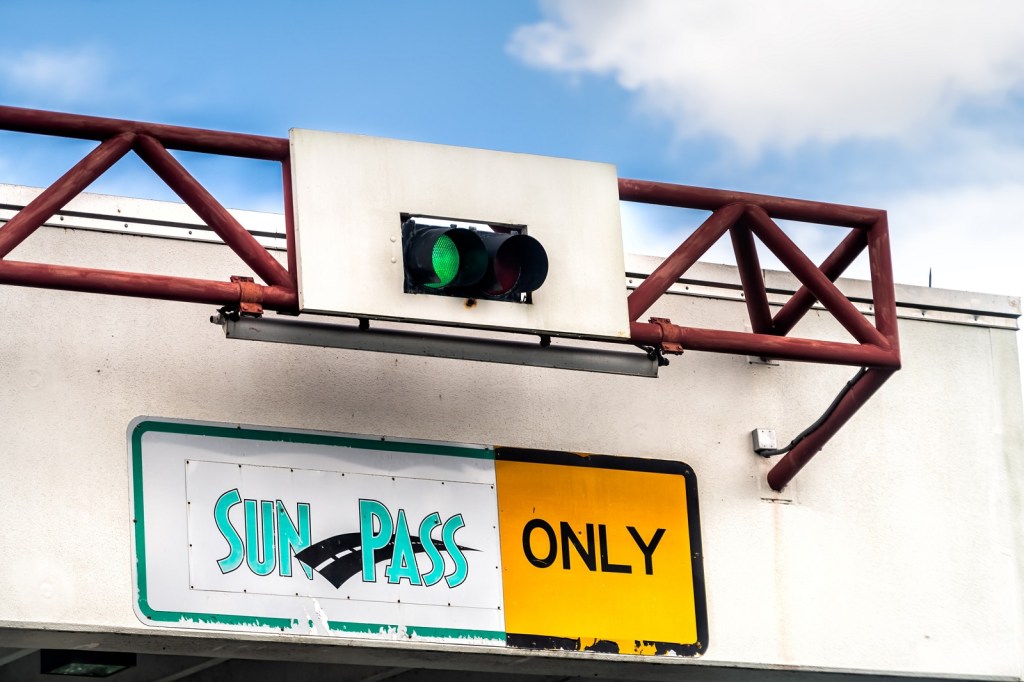
Toll rates on Florida’s Turnpike are not fixed and can vary depending on several factors, including the distance traveled, car type, and the method of payment. The cost of tolls is mainly determined by the number of toll plazas you pass through during your journey, and Florida’s Turnpike is divided into multiple sections, each with its own toll rates.
To calculate the exact tolls for your trip, you can utilize the toll calculator available on Florida’s Turnpike Enterprise website:
1. Select a payment type
2. Select the number of axles for the vehicle
3. Select a Trip Start region
4. Select a Trip Start facility
5. Select a Trip Start exit
6. Repeat steps 3 through 5 for the Trip End
7. The total trip cost is provided in the toll calculator control box
What is the cheapest way to pay tolls in Florida?
Opting for a SunPass transponder is the most cost-effective way to pay tolls in Florida. SunPass is a prepaid toll program that enables electronic toll payments, eliminating the need to stop at toll plazas and resulting in time and cost savings. SunPass offers discounted toll rates on many Florida toll roads, including Florida’s Turnpike.
Several types of SunPass transponders are available to cater to different needs. Popular choices are the SunPass Mini, a small sticker affixed to your vehicle’s windshield, and the SunPass Portable, which can be transferred between vehicles. Both options offer the convenience of automated toll payments.
If you don’t have a SunPass, tolls are collected through the Toll-By-Plate system, which captures an image of your license plate and sends you a bill by mail.
Are Florida’s Turnpike service plazas safe and clean?
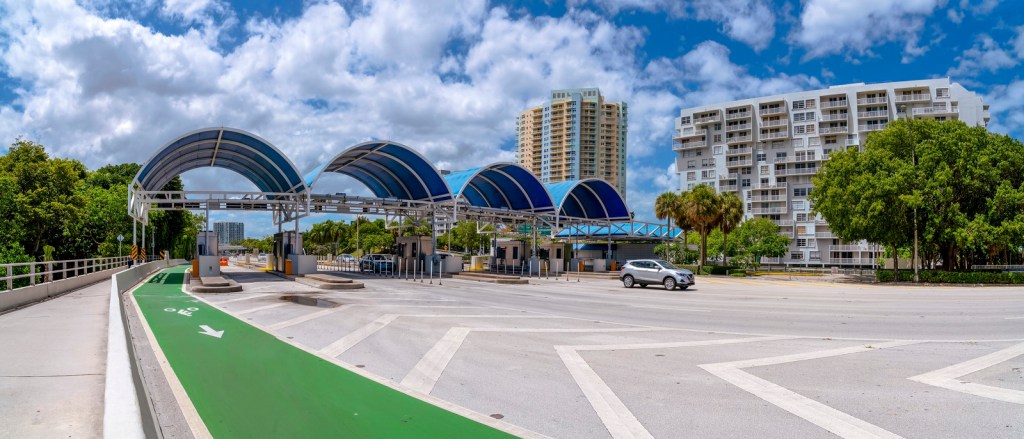
Florida’s Turnpike is renowned for its well-maintained and contemporary service plazas. These strategically located plazas offer essential amenities to travelers, including restrooms, dining options, fuel stations, and information centers.
Service plazas along Florida’s Turnpike are characterized by their cleanliness and safety. Routine cleaning and maintenance ensure a pleasant experience for all travelers. Restrooms are typically well-kept, and you can usually find staff members available to assist with any questions.
Many service plazas also provide additional conveniences, such as gift shops and fast-food restaurants, making them convenient pit stops during your road trip.
Where does the money from tolls go?
The revenue generated from toll collections on Florida’s Turnpike serves as a vital source of funding for various aspects of the turnpike system:
Maintenance and Operations: A significant portion of toll revenue is allocated to maintaining and operating the turnpike network, covering expenses like road repairs, signage, lighting, and landscaping.
Debt Service: Some funds are directed toward servicing the debt incurred to construct and improve turnpike infrastructure.
Safety Enhancements: Toll revenue contributes to implementing safety measures and technologies to reduce accidents and enhance traffic flow.
Capacity Expansion: Investments are made in expanding the turnpike to accommodate the state’s growing population and increasing traffic demands.
Toll Plaza Improvements: Toll collection facilities are regularly upgraded to improve efficiency and reduce congestion at toll plazas.
Environmental Initiatives: A portion of the funds is directed towards environmental initiatives, such as wetland preservation and wildlife protection, to mitigate the impact of the turnpike on the environment.
